kernel vec4 custom(__sample s1, __sample s2) {
if(s1.a == 0.0)
return s2;
if(s2.a == 0.0)
return s1;
vec4 res;
float temp = 1.0 - s2.a;
res.rgb = s2.rgb * s2.aaa + s1.rgb * (temp, temp, temp);
res.a = 1.0;
return res;
}
I am trying to merge 2 images, but have artifacts in bounds, where due to aliasing the pixels have less than 1 alpha. Is there any suggestions what I am doing wrong :/ For example the cheeks have some kind of bound, which doesn't appear if I place one over the other via UIImageViews
